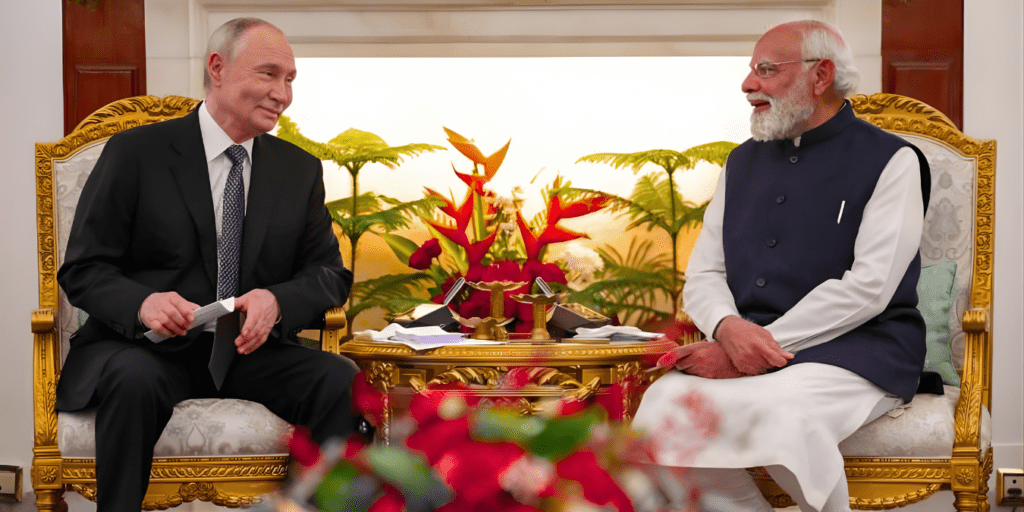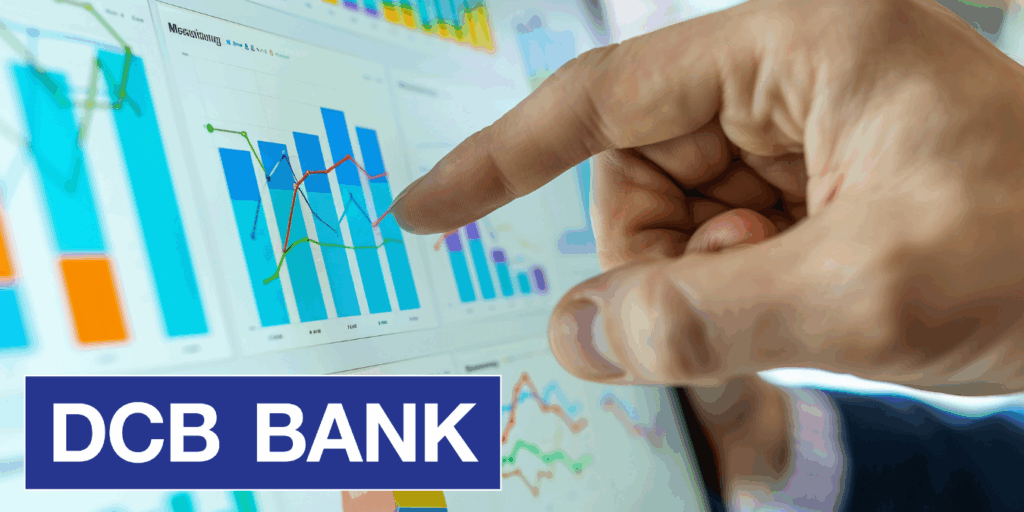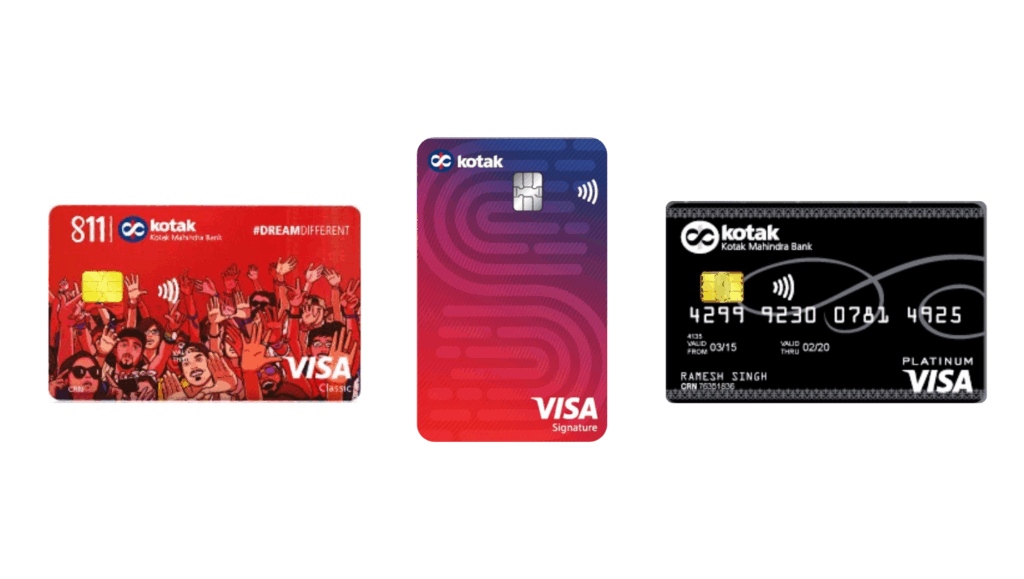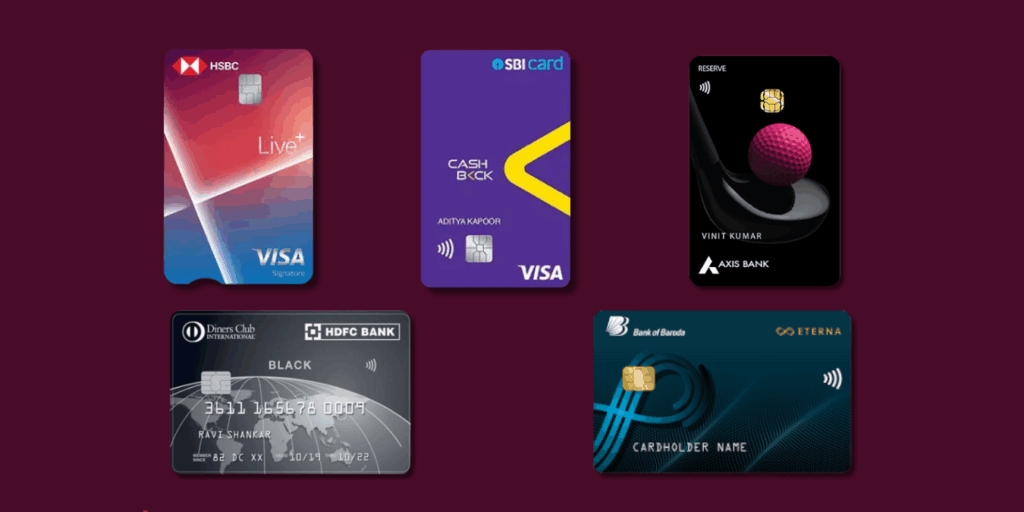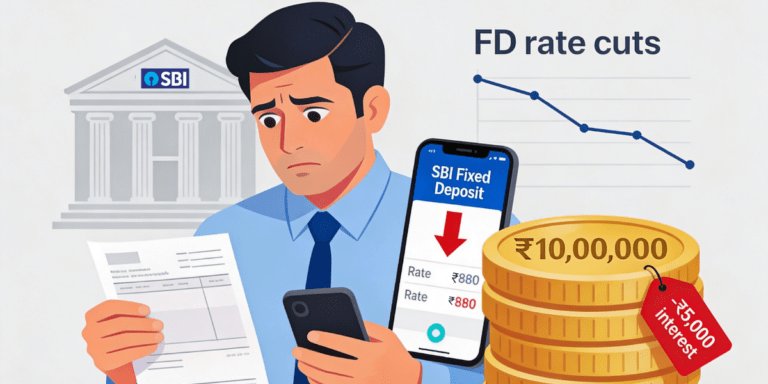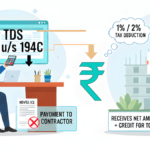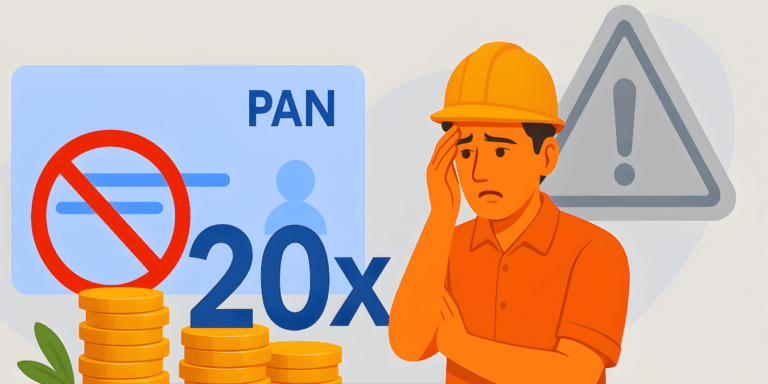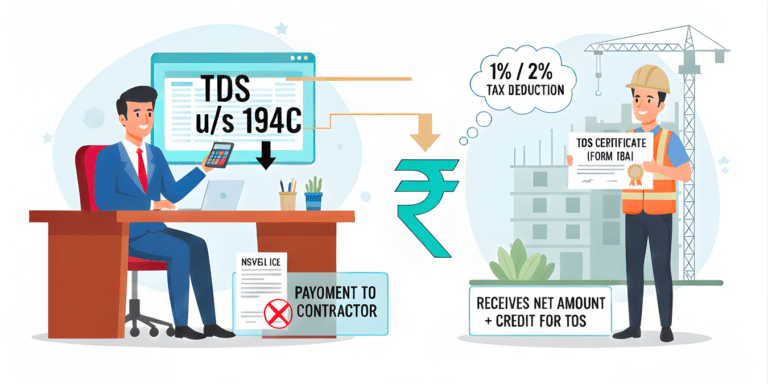
How many UPI transactions can you make daily in 2025? Uncover the suspense behind India’s digital payment limits! Will you hit a wall? Discover P2M’s unlimited potential, UPI Lite’s micro-payment twist, and 123Pay’s rural reach.
In digital India, where cashless payments dominate, one question grips millions: How many transactions can I undertake using UPI in a day? As the Unified Payments Interface (UPI) evolves in 2025, its transaction limits spark curiosity among users managing daily finances. Picture this: you’re juggling bills, shopping, and transfers, only to wonder if an invisible barrier will halt your flow. Let’s unravel the suspense behind UPI daily transaction limits in India, guided by the latest National Payments Corporation of India (NPCI) guidelines.
UPI: The Pulse of Digital India
Since its 2016 debut, UPI has redefined payments, enabling seamless transfers via apps like Google Pay, PhonePe, Paytm, and BHIM. In 2025, UPI processes over 18 billion transactions monthly, powering India’s digital economy with a value exceeding ₹24.77 lakh crore in March alone. But what restricts your UPI usage? The UPI transaction limit per day isn’t just a number—it’s a shield against fraud and system overload. Could it be 10, 20, or limitless? Let’s dive into the heart of UPI’s daily transaction rules.
The Standard UPI Limit: Amount and Count
The standard UPI daily limit for most users is ₹1 lakh, a cap set by NPCI to ensure secure, efficient transactions. This applies to both peer-to-peer (P2P) transfers—sending money to friends or family—and peer-to-merchant (P2M) payments for goods and services. But here’s where the suspense builds: the number of transactions varies by type. For P2P, NPCI caps users at 20 transactions per day per bank account within a 24-hour window, a rule rooted in 2018 but reaffirmed in 2025. Exceed this, and your app freezes further P2P attempts until the clock resets at midnight.
P2M payments, however, face no strict transaction count limit. This flexibility fuels India’s e-commerce boom, allowing endless QR code scans for shopping, dining, or utilities within the ₹1 lakh daily cap. Imagine buying groceries, paying for a cab, and settling a restaurant bill—all without worrying about hitting a transaction ceiling. Yet, the plot thickens: individual banks may impose tighter restrictions, adding intrigue to your UPI transactions per day.
Exceptions That Raise the Stakes
Not all UPI transactions are equal. NPCI spices things up with higher per-transaction limits for specific sectors, effective since September 2024. For capital markets, insurance, collections, and foreign inward remittances, you can transfer up to ₹2 lakh per transaction. For tax payments, IPO applications, payments to verified hospitals, educational institutions, or RBI’s retail direct schemes, the ceiling soars to ₹5 lakh per transaction. These exceptions don’t increase the daily ₹1 lakh cap but allow larger individual transfers, catering to investors, policyholders, and taxpayers. Curious how this impacts your daily tally? It keeps the UPI daily transaction limit suspense alive.
UPI Lite: Small Payments, Big Convenience
Enter UPI Lite, NPCI’s lightweight solution for small, PIN-free transactions. Perfect for quick buys like chai or auto fares, UPI Lite’s per-transaction limit rose to ₹1,000 in 2025 (from ₹500), with a daily usage cap of ₹10,000 and a wallet balance limit of ₹5,000. The twist? No transaction count limit—only the amount restricts you. This makes UPI Lite ideal for micro-payments, preserving your main account’s 20 P2P transaction quota for larger transfers. But with a ₹10,000 daily cap, heavy users might feel the tension: will it cover a full day’s small spends?
UPI 123Pay: Bridging the Digital Divide
For feature phone users, UPI 123Pay brings digital payments to rural India via IVR, SMS, or missed calls. Its per-transaction limit doubled to ₹10,000 in October 2024, aligning with the standard ₹1 lakh daily cap. Transaction counts mirror P2P rules: up to 20 per day. This empowers non-smartphone users to pay bills or transfer funds, but the cap creates curiosity: will 20 transactions suffice for a busy day in a village market? As UPI adoption soars in rural areas, 123Pay’s limits add a layer of intrigue to the UPI number of transactions per day.
Bank-Specific Variations: The Plot Thickens
Banks add their own twists to the UPI transaction limit per day. Most, like State Bank of India (SBI), HDFC, and Axis, adhere to NPCI’s ₹1 lakh and 20 P2P transactions. However, variations exist. SBI imposes a ₹5,000 cumulative limit for the first 24 hours after PIN setup. Punjab National Bank caps at ₹50,000 daily, while Union Bank allows up to ₹2 lakh. ICICI Bank may limit third-party apps like Google Pay to 10 transactions daily in some cases. Always check your bank’s app or website—discrepancies keep users on edge, wondering if their bank aligns with NPCI’s standards.
2025 Updates: New Rules, New Suspense
NPCI’s 2025 updates, effective August 1, introduce fresh restrictions to enhance security and system efficiency. Balance inquiries are now capped at 50 per app daily, curbing server strain from auto-refreshes. Autopay mandates for EMIs or subscriptions are restricted to non-peak hours (before 10 AM or after 9:30 PM). From October 1, P2P collect requests are banned, limiting pull-based transfers to merchants only to combat fraud. These changes don’t directly alter the UPI number of transactions per day but refine the ecosystem, prioritizing safety over unrestricted freedom.
Why Limits? The Rationale Behind the Caps
Why cap UPI transactions per day? NPCI cites fraud prevention and system stability. With UPI handling 13.89 billion transactions in July 2025—a 45% year-on-year surge—the infrastructure faces immense pressure. Exceeding limits triggers app notifications or blocks, resetting at midnight. During festivals like Diwali, NPCI has historically relaxed caps, but no such announcements exist for 2025, leaving users anticipating potential tweaks. The balance between convenience and security keeps the UPI daily limit narrative gripping.
Multiple Accounts: A Loophole?
Here’s a thrilling twist: UPI limits apply per bank account. Link multiple accounts to your app, and you could multiply your UPI transactions per day. Three accounts? Potentially 60 P2P transactions and ₹3 lakh daily. But beware—banks and NPCI monitor for suspicious patterns, and some apps cap overall usage. This loophole excites power users but adds risk: will your transactions raise red flags?
Real-World Scenarios: Testing the Limits
Imagine a day in 2025: morning coffee (P2M, ₹50), utility bill (P2M, ₹1,000), friend repayment (P2P, ₹500), online shopping (P2M, ₹2,000). That’s four transactions, well within limits. Now, escalate: 15 P2P splits for a group trip. You’re nearing the 20 P2P cap. Try a 21st? Your app denies, pushing you to NEFT or cash. For merchants, the unlimited P2M count shines—small vendors accept endless payments, fueling India’s ₹100 trillion digital economy. But large transactions? Stick to ₹1 lakh per, unless using exceptions.
Safety Tips for UPI Users
To navigate UPI transaction limits per day safely:
- Enable alerts: Track transactions via app notifications.
- Use UPI PIN wisely: Resets trigger cooling periods.
- Diversify apps: Google Pay for speed, Paytm for rewards.
- Monitor limits: Check bank-specific caps via apps.
- Stay updated: Follow NPCI circulars for rule changes.
In July 2025, UPI recorded 13.89 billion transactions, averaging 448 million daily. Your UPI daily transaction limit contributes to this juggernaut.
Global Context: How UPI Stacks Up
Globally, UPI stands out. Brazil’s Pix allows R$30,000 (~₹4.5 lakh) daily, Singapore’s PayNow caps at SGD 1,000 (~₹60,000). UPI’s ₹1 lakh and zero fees for P2P/P2M under ₹2,000 (from January 2023) make it cost-effective. Whispers of a ₹2 lakh daily cap in 2026 circulate, but for now, the 2025 limits hold. Will NPCI raise the bar? The suspense continues.
Challenges and Innovations
Challenges persist: rural connectivity hampers UPI 123Pay adoption, and fraud rose 20% in 2024, prompting stricter 2025 rules. Yet, innovations shine. UPI International, now in 10 countries, maintains similar limits (₹1 lakh equivalent), though currency conversions add complexity. Biometric authentication trials hint at future limit relaxations, fueling anticipation for 2026.
The Future of UPI Limits
NPCI aims for 1 billion daily transactions by 2027. Enhanced security, like mandatory payee name display by June 30, 2025, reduces misdirected payments. As UPI evolves, mastering the UPI transaction limit per day—₹1 lakh, 20 P2P, unlimited P2M—empowers users. Stay informed via NPCI’s website or app updates to navigate this dynamic landscape.
Final Thought: Mastering UPI
The mystery of how many transactions can I undertake using UPI in a day resolves: 20 P2P, unlimited P2M, within ₹1 lakh daily. Exceptions for high-value sectors and variants like UPI Lite and 123Pay add flexibility, while bank-specific rules keep you guessing. In 2025, embrace UPI’s convenience, monitor limits, and stay secure. Your digital wallet awaits—limits and all.
Disclaimer: The use of any third-party business logos in this content is for informational purposes only and does not imply endorsement or affiliation. All logos are the property of their respective owners, and their use complies with fair use guidelines. For official information, refer to the respective company’s website.


